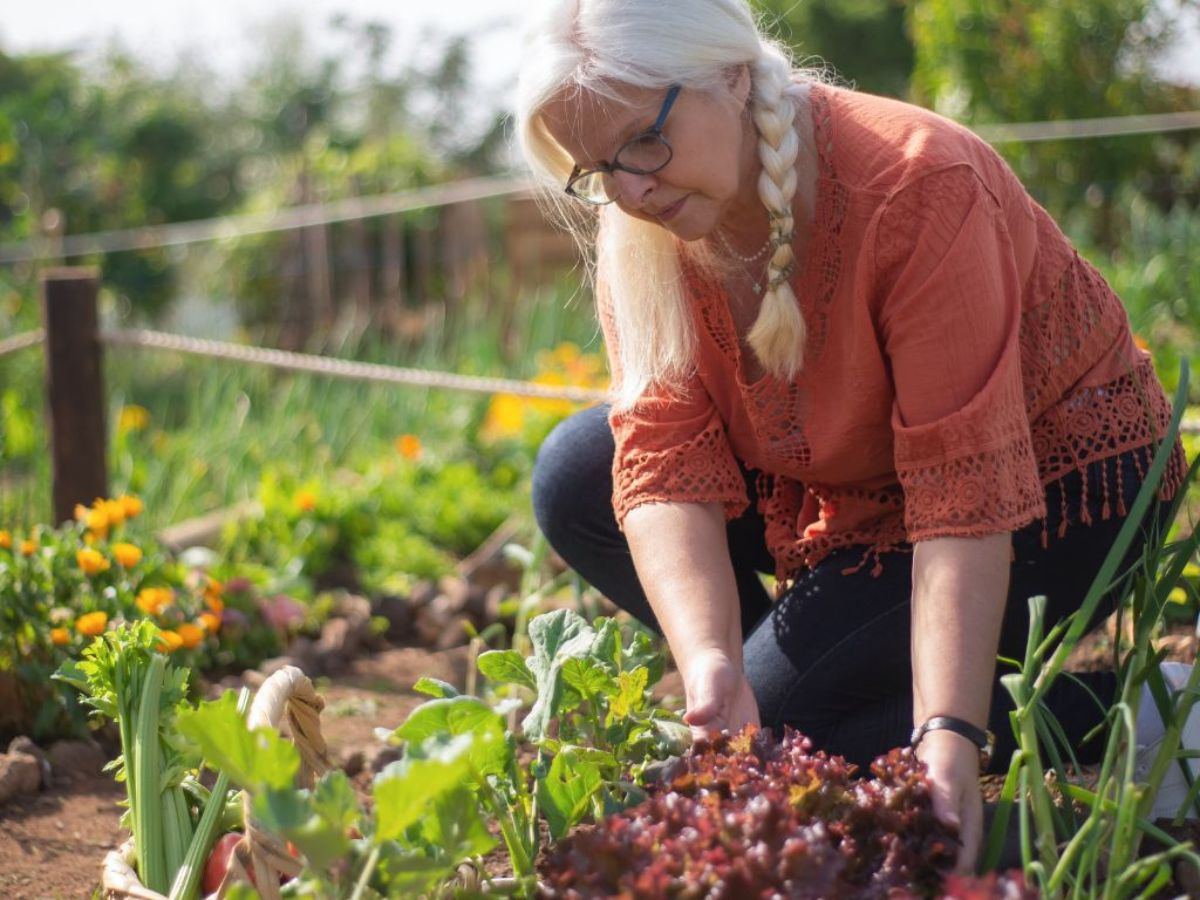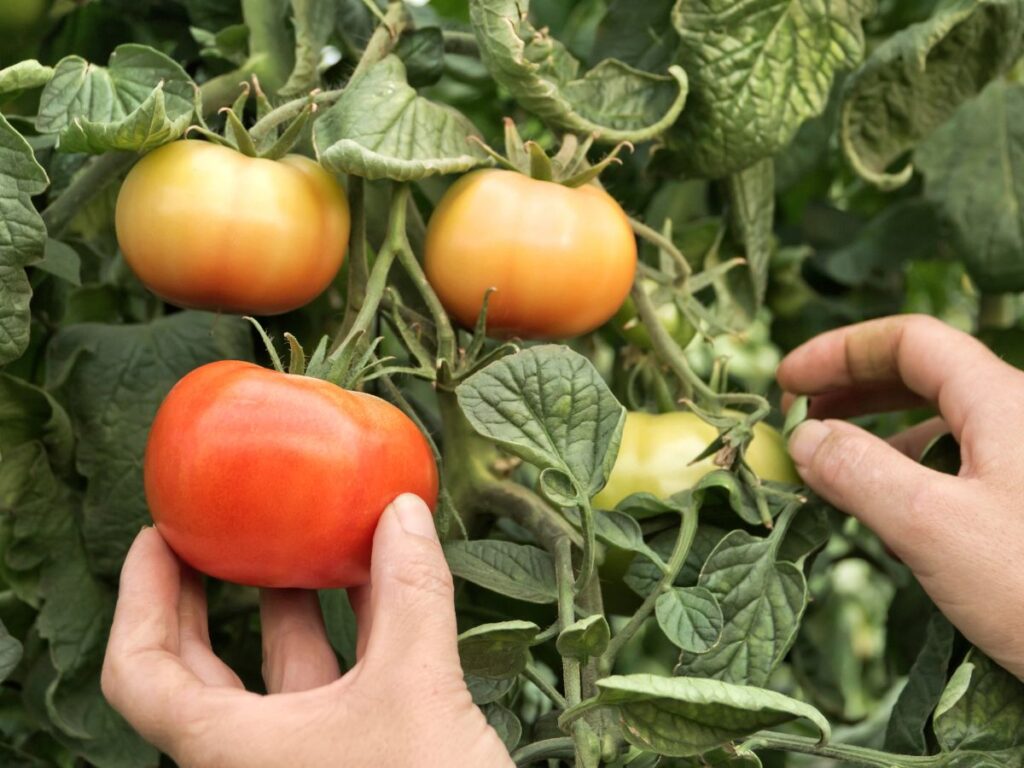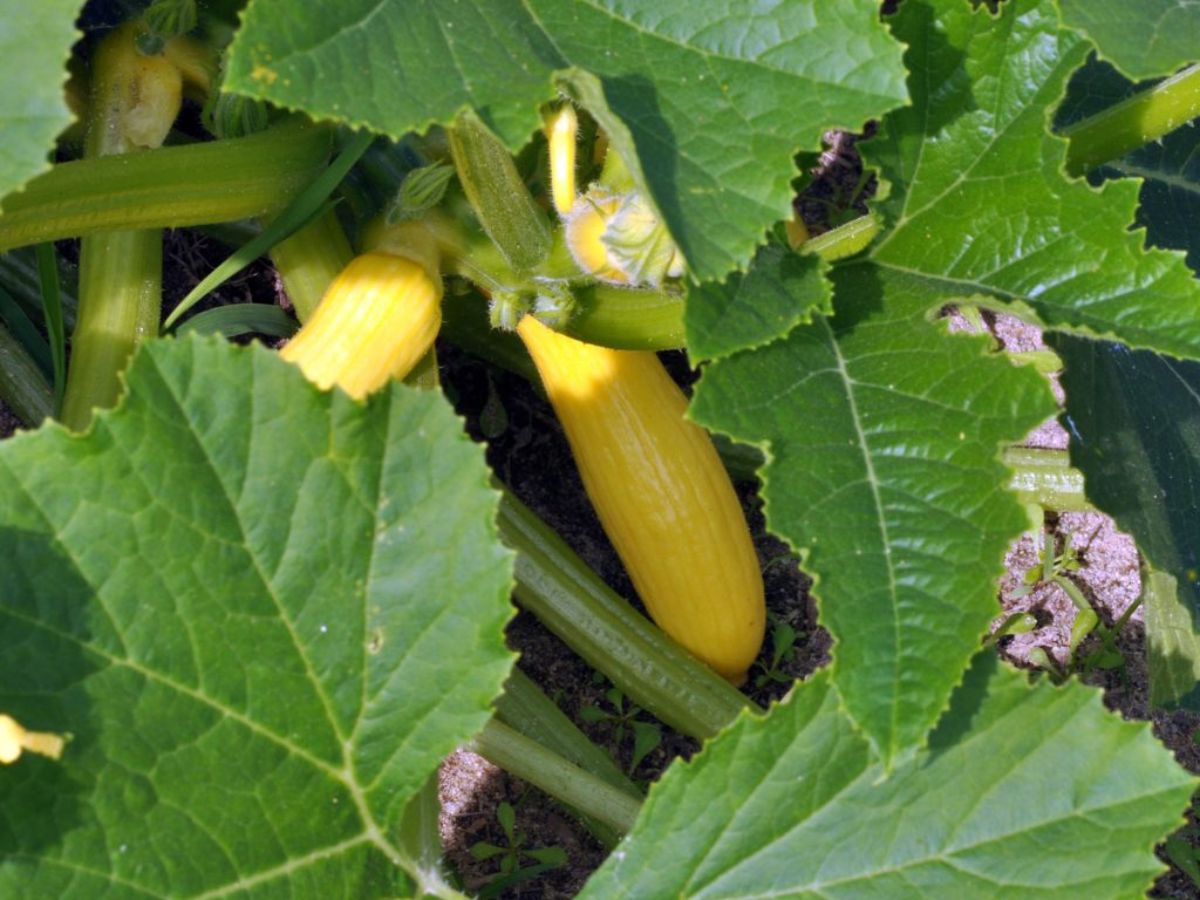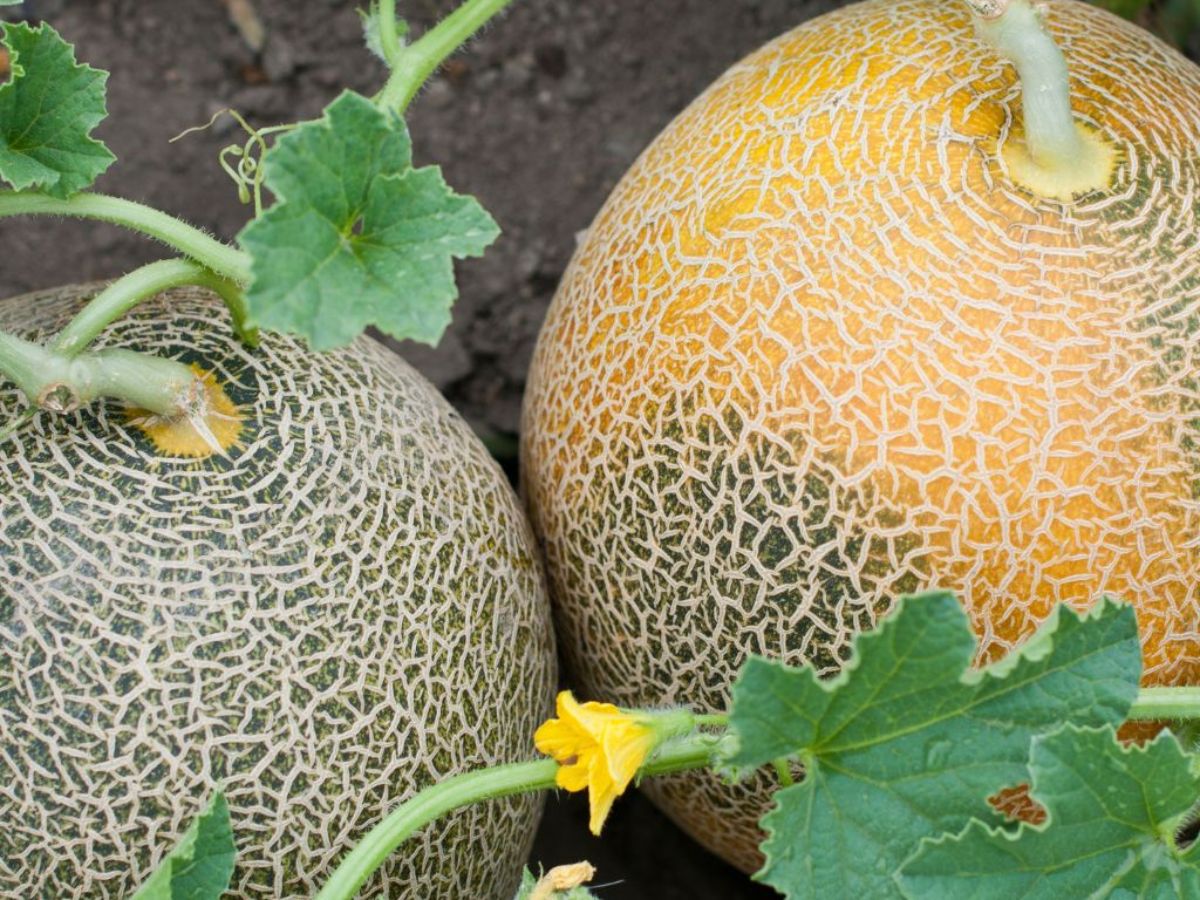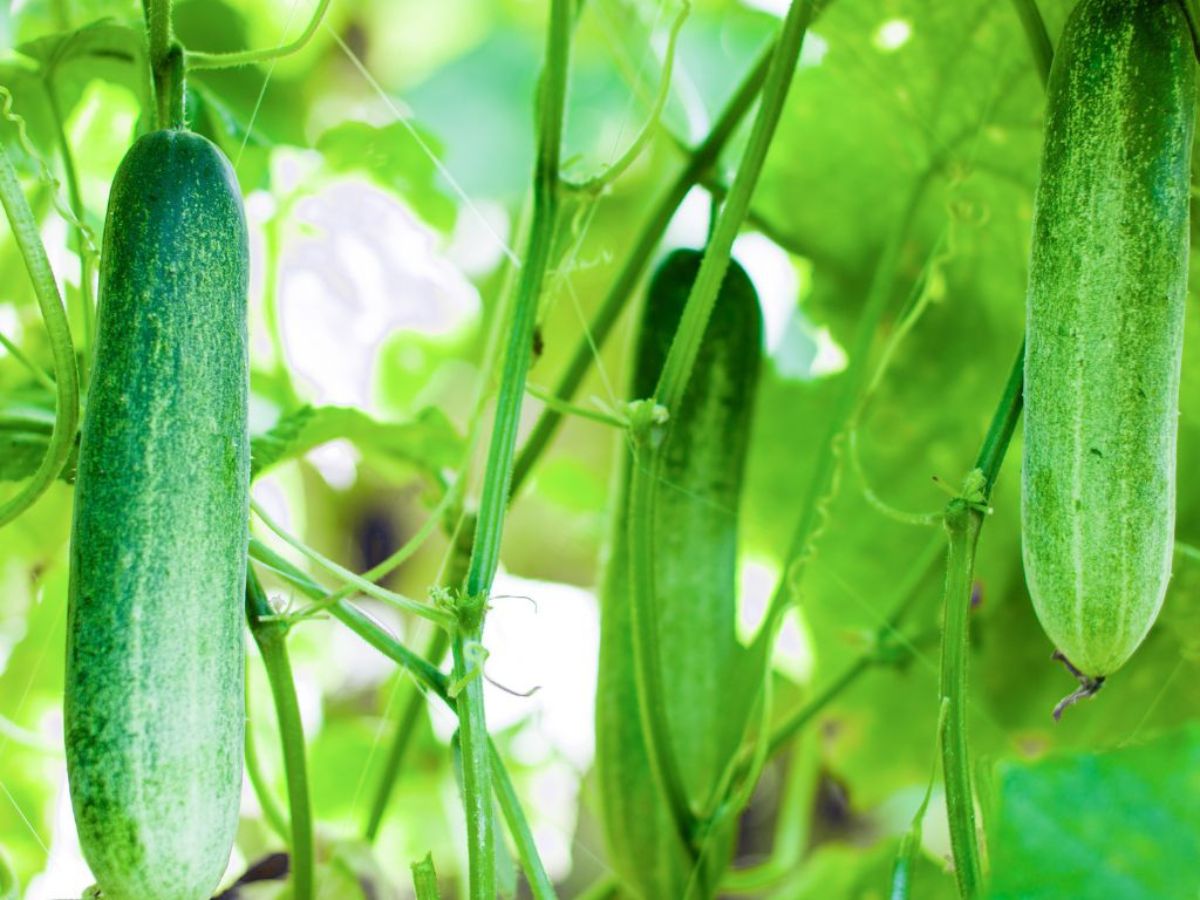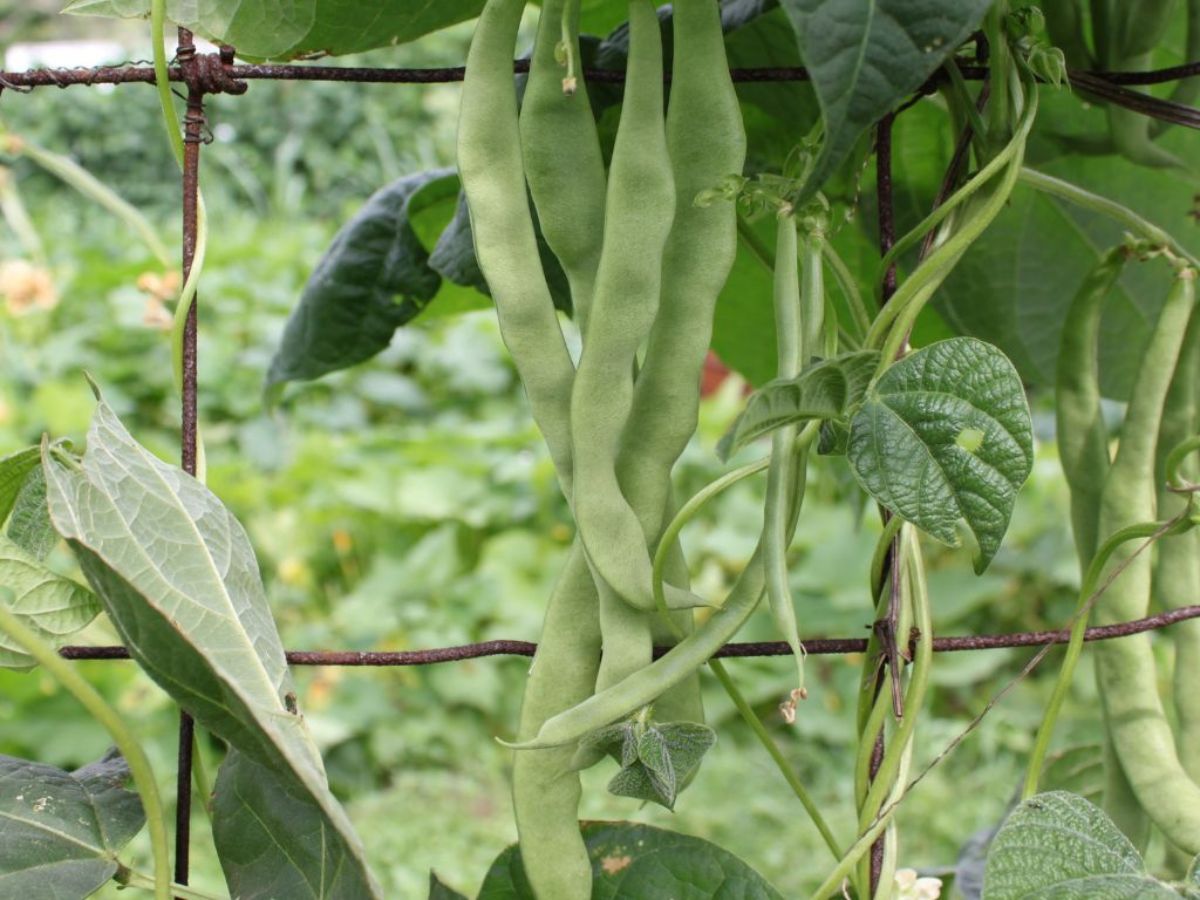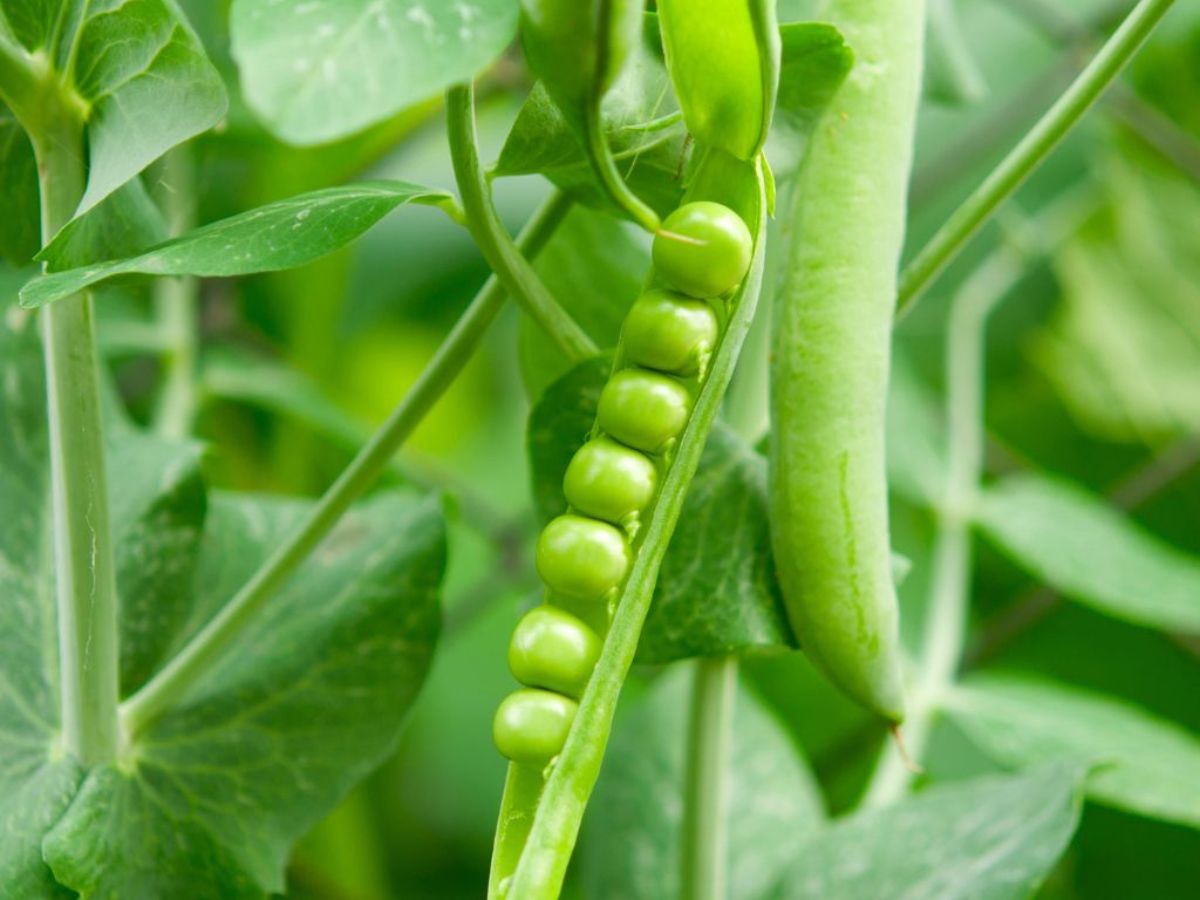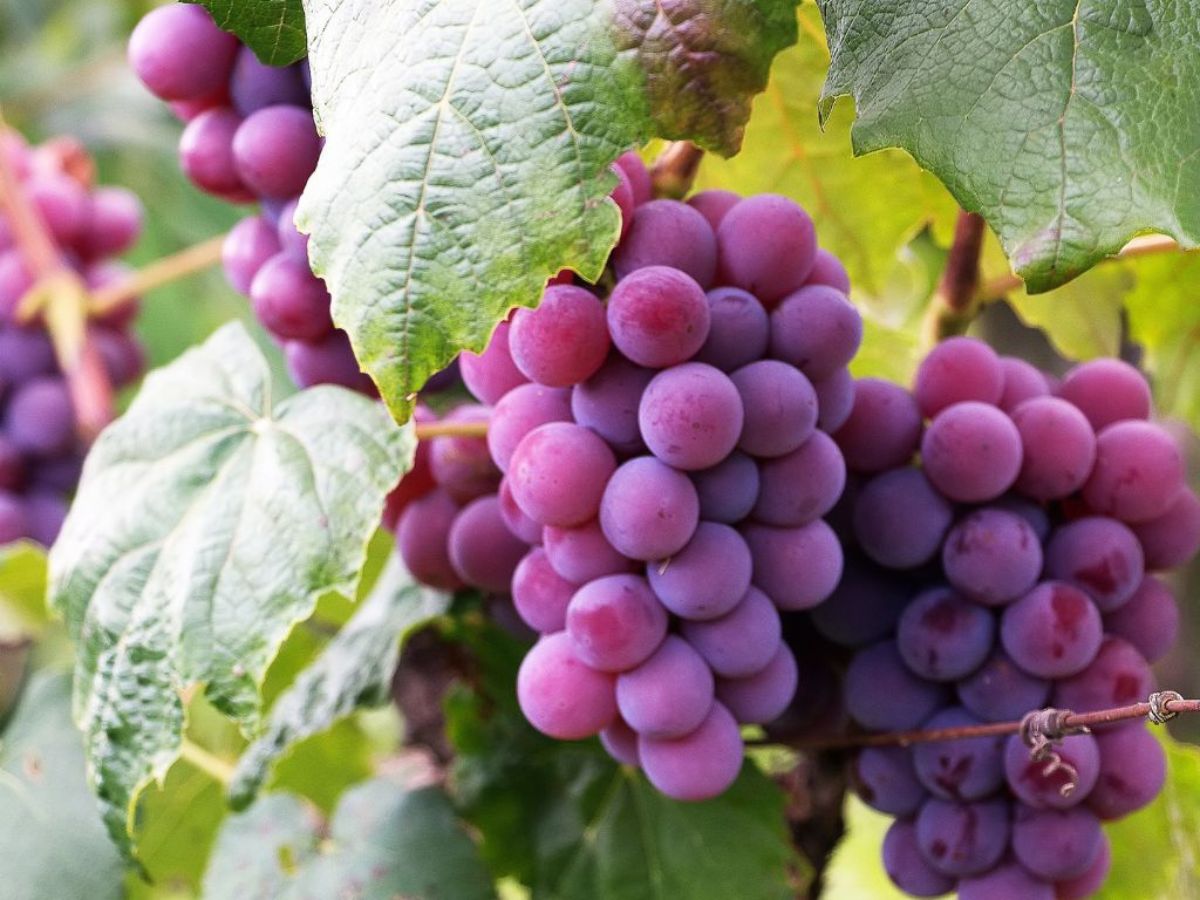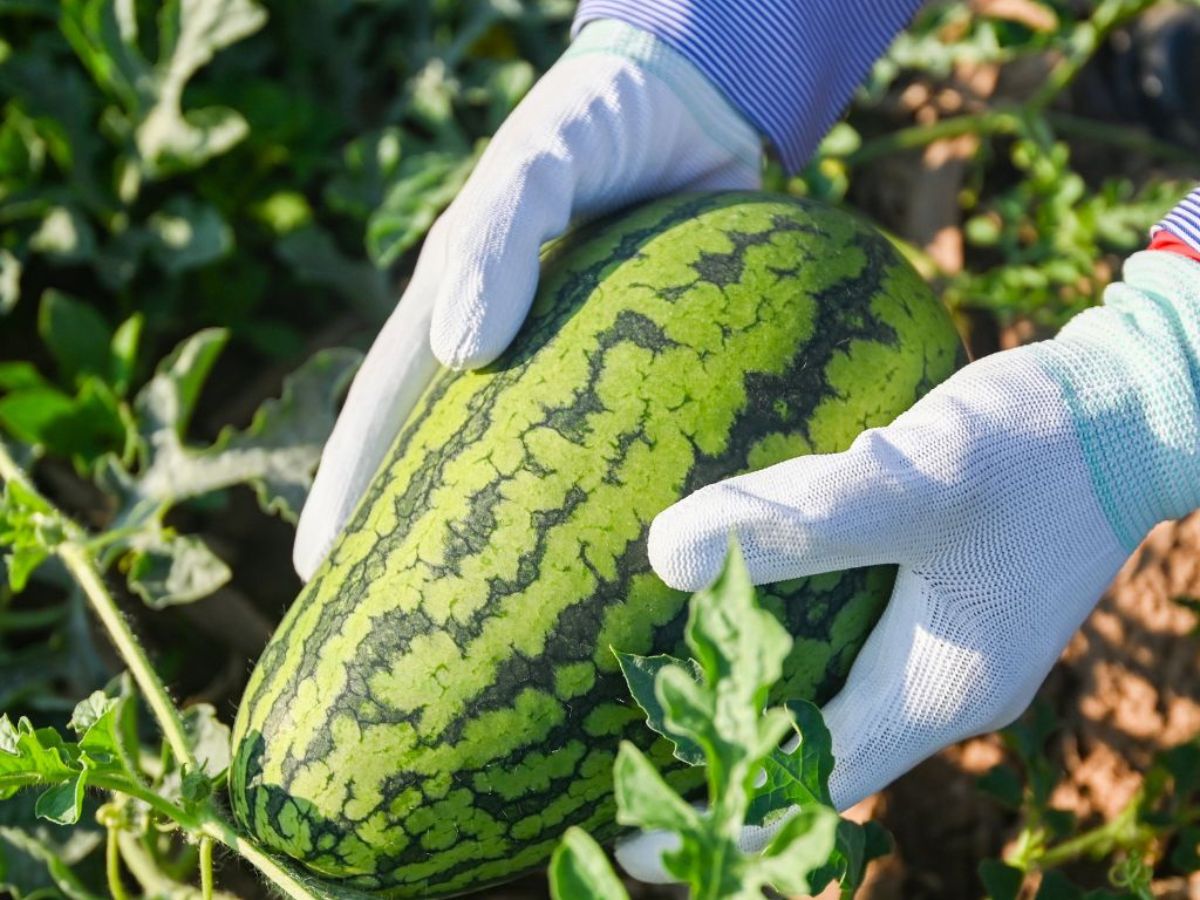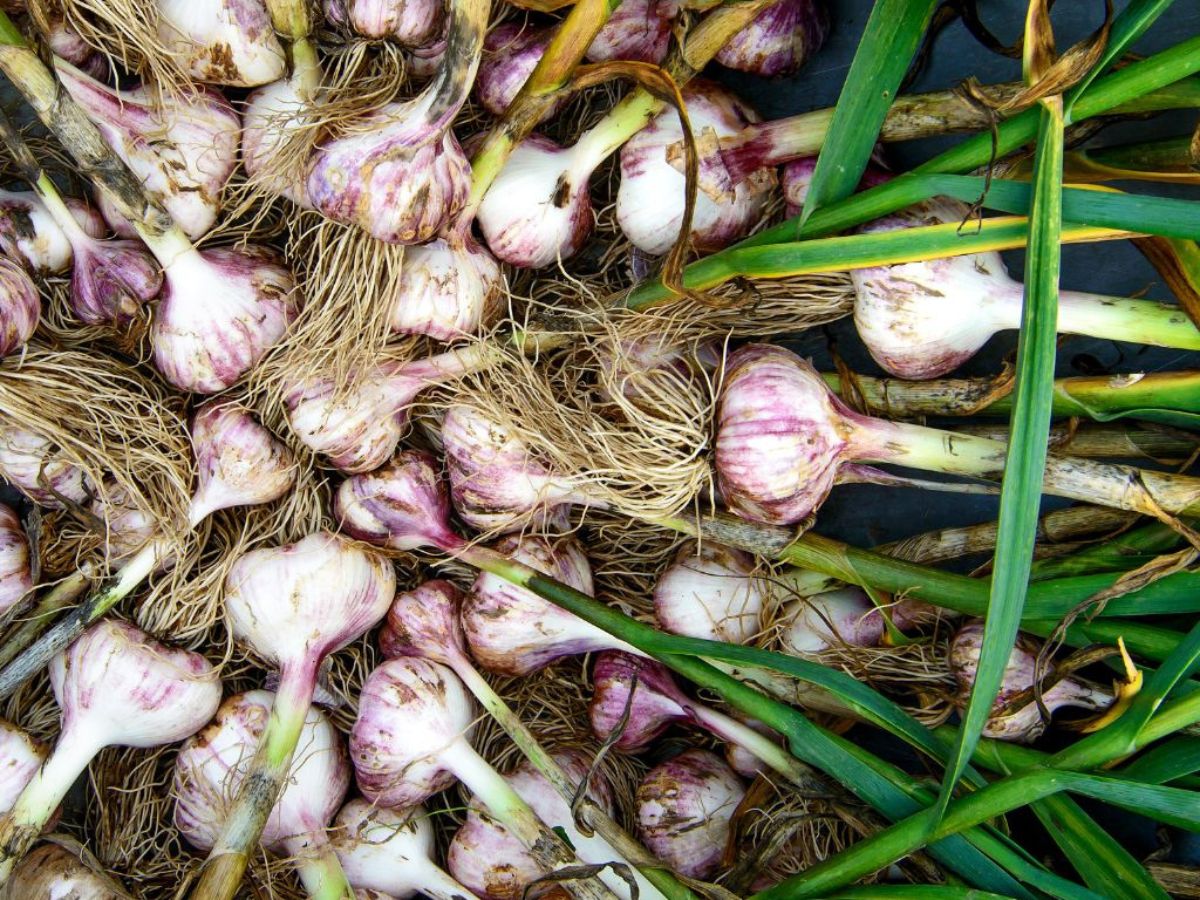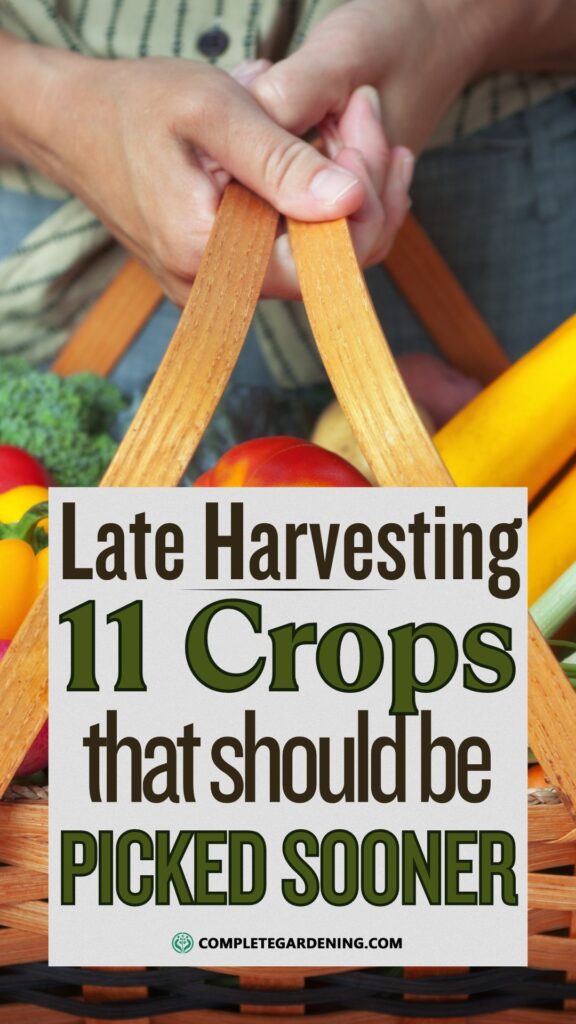Harvesting crops at the right time can make a big difference in flavor, texture, and nutrition. While it may seem tempting to wait and let your vegetables and fruits grow bigger, picking them too late often leads to disappointment.
Mushy melons, tough squash, and overripe tomatoes are common issues faced by gardeners who delay harvesting. To get the best out of your garden, it’s essential to know when to pick your crops.
In this article, we’ll discuss some common garden crops that you should be picking sooner rather than later to enjoy peak flavor and freshness.
Factors Affecting Crop Maturity
Many elements influence how quickly crops mature. Weather conditions play a significant role. For example, too much rain can delay maturity, while extreme heat can speed it up.
Soil quality is another critical factor. Nutrient-rich soil can promote faster growth. On the other hand, poor soil may cause stunted development.
Plant variety also matters. Some varieties are bred for quicker maturity, allowing you to harvest sooner. Check seed packets or grower recommendations for specific maturity timelines.
Finally, the planting date impacts maturity. Late planting means late harvesting, so plan your schedule accordingly. Always consider local frost dates to avoid damaging your crops.
The Consequences of Late Harvesting
Delaying crop harvest can lead to various problems. Nutritional quality often diminishes. Vitamins and minerals may degrade, making the produce less healthy.
Taste and texture also suffer. Overripe fruits can become mushy and less flavorful, while vegetables may turn bitter. These changes make the produce less appealing for fresh consumption.
Storage life is shortened. Overmature crops don’t store as well and are more prone to spoilage, leading to potential financial losses.
In extreme cases, late harvesting can even ruin your entire crop season. Pests and diseases are more likely to attack overripe produce, compromising the entire batch.
11 Crops That Should Be Picked Sooner
Harvesting crops at the right time ensures that you enjoy the best flavor, texture, and nutrition from your garden.
1. Tomatoes
Tomatoes are one of the most popular garden crops, but did you know that picking them too late can lead to bland, overripe fruit?
Many gardeners believe that tomatoes need to fully ripen on the vine, but recent research suggests otherwise. Tomatoes can be harvested at the “breaker stage,” when they show about 40-50% color change.
At this stage, the fruit continues to ripen indoors, away from pests and diseases that thrive on ripe fruits.
Harvesting tomatoes at the breaker stage also prevents damage from squirrels, birds, or sudden rainstorms that can ruin your harvest.
Once picked, leave the tomatoes on a sunny windowsill to ripen fully. Not only does this improve the fruit’s quality, but it also frees up your plants to continue producing more tomatoes.
2. Swiss Chard
Swiss chard is a versatile leafy green that grows continuously throughout the season if harvested correctly.
One common mistake is allowing the leaves to grow too large, which can make them tough and bitter. The young, tender leaves of Swiss chard are much sweeter and tastier.
By harvesting Swiss chard early, you avoid the buildup of pests like leafminers, which thrive on older, thicker leaves.
Keep harvesting regularly to encourage the plant to produce more fresh, tender leaves. You can use the leaves raw in salads or lightly cook them to retain their delicate flavor.
3. Summer Squash
Summer squash, including zucchini and crookneck varieties, are best when picked young. Many gardeners make the mistake of leaving them on the vine until they grow too large.
While giant zucchinis may look impressive, they tend to have tough skins, large seeds, and less flavor than their smaller counterparts.
Harvest summer squash when they are about 6-8 inches long for the best texture and taste. Continuous picking also encourages the plants to produce more squash, ensuring you have a steady supply throughout the season.
4. Melons
Melons, such as cantaloupe and honeydew, need careful attention to ensure they are harvested at their peak. If left too long on the vine, melons can become mushy and lose their sweetness.
For cantaloupes, look for the “slip stage,” where the fruit easily detaches from the vine with a gentle tug. Additionally, the skin should have a golden hue, and you should be able to smell a sweet aroma.
For other melons like watermelons, check the underside where the fruit rests on the ground. A creamy yellow spot, a dull outer skin, and a dried tendril near the stem are all signs that it’s time to harvest.
Picking melons at the right moment ensures the perfect balance of sweetness and texture.
5. Cucumbers
Cucumbers can quickly become overgrown and bitter if left on the vine for too long. Large cucumbers often have tough skins and are filled with seeds, which can ruin their refreshing, crisp texture.
Ideally, you should harvest cucumbers when they are still firm, dark green, and about 6 inches long for slicing varieties.
Smaller cucumbers are not only tastier but are also easier on the digestive system, especially for those sensitive to cucurbitacins, a compound that causes bitterness. Harvesting cucumbers regularly also encourages the plant to produce more fruit.
6. Beans
Beans, whether pole or bush varieties, should be picked as soon as the pods are firm and full. Waiting too long to harvest beans results in tough, fibrous pods that are difficult to chew.
The optimal time to pick beans is when they are tender and snap easily in half.
Harvesting beans early and often encourages continued production. If you leave beans on the plant too long, the plant will direct its energy toward maturing the seeds inside the pods, reducing overall yield.
7. Peas
There are three main types of peas: shelling peas, snow peas, and sugar snap peas. Each type needs to be picked at its peak for maximum sweetness and tenderness.
Shelling peas should be harvested when the pods are plump but still tender. Snow peas and sugar snap peas should be picked when the pods are full but before the peas inside begin to harden.
Leaving peas on the vine too long results in tough pods and starchy peas. Regular harvesting also encourages the plant to produce more pods, extending your harvest period.
8. Grapes
Grapes, whether grown for eating fresh or for winemaking, should be picked when they reach peak ripeness.
Overripe grapes lose their sweetness and start to shrivel, which can affect their flavor and texture. For table grapes, harvest them when they are fully colored and slightly soft to the touch.
Grapes harvested at their peak ripeness will have the perfect balance of sweetness and acidity. Cut entire clusters off the vine with scissors to prevent damaging the plant. Be sure to harvest before birds or insects discover your ripe grapes!
9. Watermelon
Harvesting watermelons at the right time can be tricky, but there are a few clues to help you know when they’re ready.
The spot where the watermelon rests on the ground will turn from green to a creamy yellow, and the outer skin will lose its glossy shine. Another sign is that the small tendril near the stem will dry out and turn brown.
Watermelons harvested too late can become overripe and mushy. By picking them at the right time, you ensure a sweet, crisp, and refreshing treat perfect for hot summer days.
10. Blueberries
Blueberries are best harvested when they are fully blue and slightly soft to the touch. Overripe blueberries can become mushy and lose their flavor. Harvest regularly to prevent the berries from shriveling or becoming too soft.
If you’re growing blueberries, keep an eye out for birds, as they tend to target ripe berries. Consider placing nets over your bushes to protect your crop. Regular picking will also encourage more berries to ripen.
11. Garlic
Garlic is unique in that it matures underground. The key to knowing when to harvest garlic is to watch the leaves. When the bottom leaves turn brown while the upper leaves remain green, it’s time to harvest.
If you wait too long, the outer papery layers will begin to break down, reducing the garlic’s ability to store well.
Garlic harvested at the right time will have plump, firm cloves encased in layers of protective skin. After harvesting, allow the bulbs to cure in a dry, well-ventilated area for a couple of weeks to ensure long-term storage.
By learning when to pick your tomatoes, squash, melons, and other crops, you’ll not only avoid the disappointment of overripe or underdeveloped produce but also encourage continued growth and yield from your plants.
Remember, the key to successful harvesting is to be observant and proactive. Regularly check your garden, and don’t hesitate to pick fruits and vegetables sooner to get the best results!


